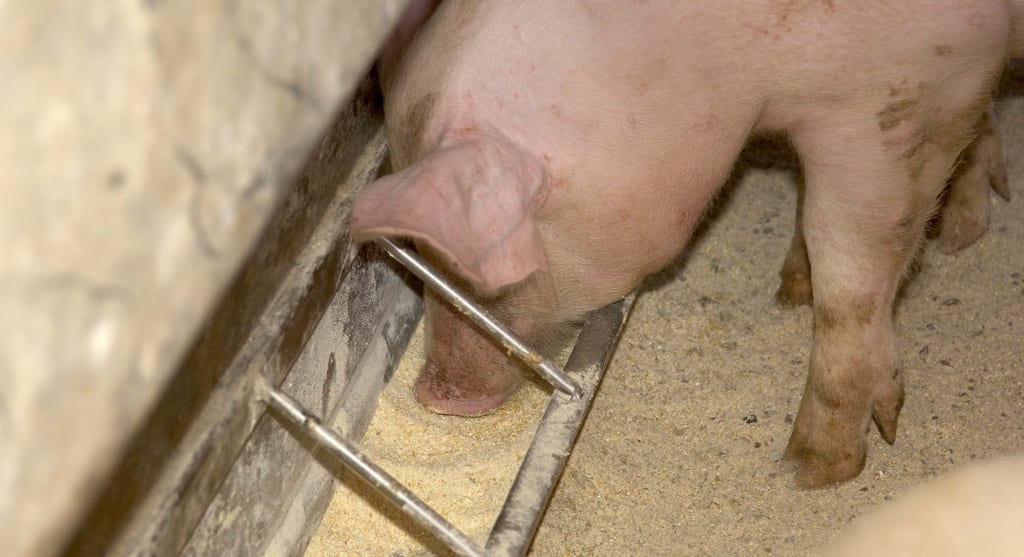5 Questions for Erin Borror, economist, U.S. Meat and Export Federation (USMEF)
Q: Meat and poultry demand show strong growth ahead. Can you tell me what you expect over the next 10 years?
A: U.S. export growth is expected as a function of strong global demand. Beef is projected to grow by roughly 30 percent and pork by roughly 40 percent over the next 10 years.
Q: What factors are causing that potential growth?
A: One of the biggest drivers will be growth in the upper middle class. Mexico is a good example of both population and income growth. It is a critical market for U.S. pork and was the strongest buyer last year. But Mexico’s pork industry is also growing, so they are importing more U.S. feed grains. U.S. farmers have benefited both ways.
Q: How will growth in meat and poultry demand affect soybean meal demand over the next 5-10 years?
A: Growth in meat exports supports the profitability of livestock producers. The more livestock we raise, the more soybean meal we use. We see global demand as key for profitability across livestock and grain sectors. It comes down to increased demand from livestock producers, which supports soybean farmers’ profitability.
Q: What is USMEF doing to increase meat demand?
A: Although it varies by country, we basically focus on marketing U.S. red meat health and quality attributes. We educate international buyers and consumers about U.S. livestock and meat production practices to overcome common misperceptions and to highlight the food safety practices used in the United States. We work with trade, foodservice and retail and increasingly use social media to communicate with consumers to increase total consumption by growing imports.
Q: Is USMEF targeting any new countries?
A: We’ve recently started positioning U.S. meat in Africa since it is one of the expected growth markets of the future. And after the Russian market closed, we have focused on the surrounding region, including countries such as Georgia, Kazakhstan and Ukraine. Some other relatively smaller markets where we are active and that have been growing recently are Central and South America and the Dominican Republic. Per capita consumption is relatively low in many of these countries, so we are working to build demand as incomes grow and consumers have the ability to eat more high-quality meat protein.
